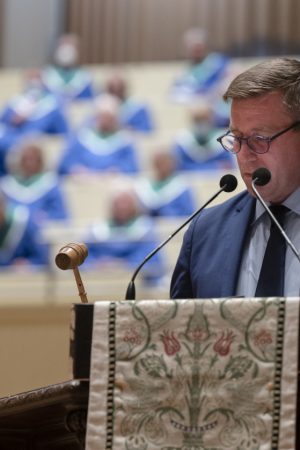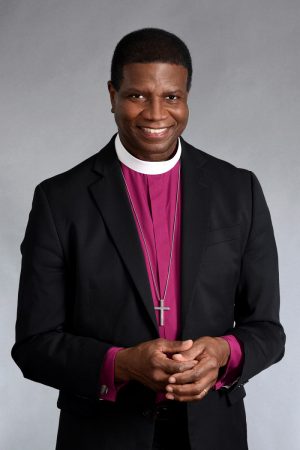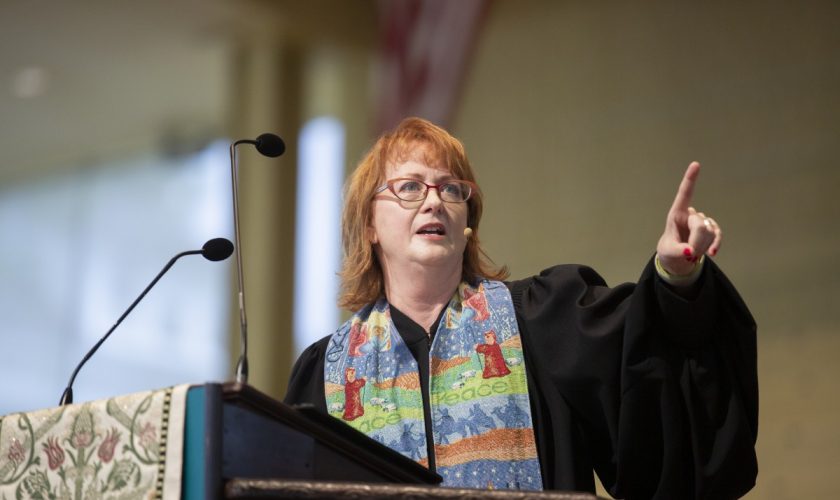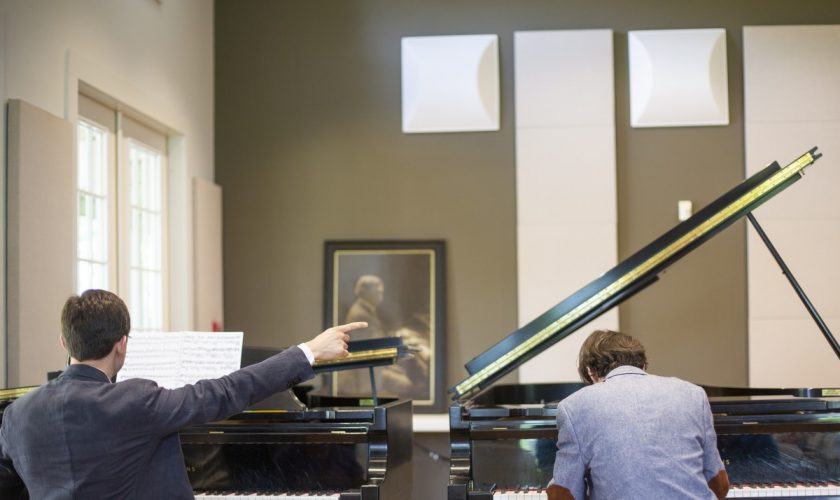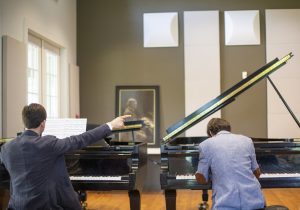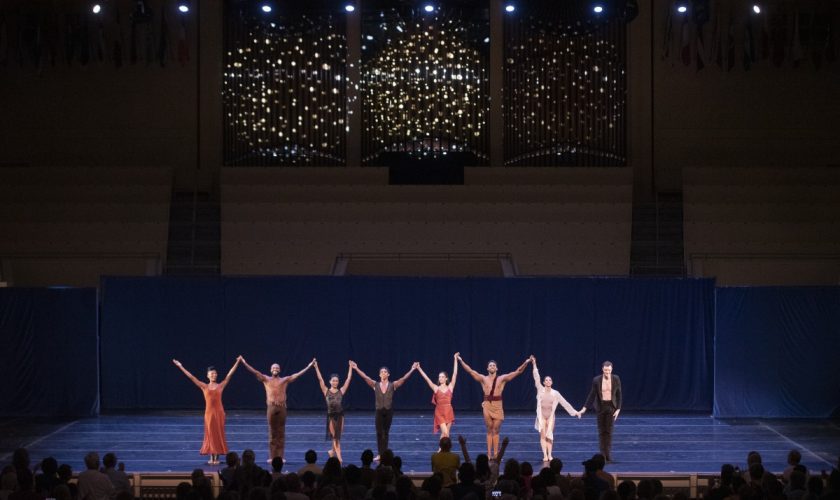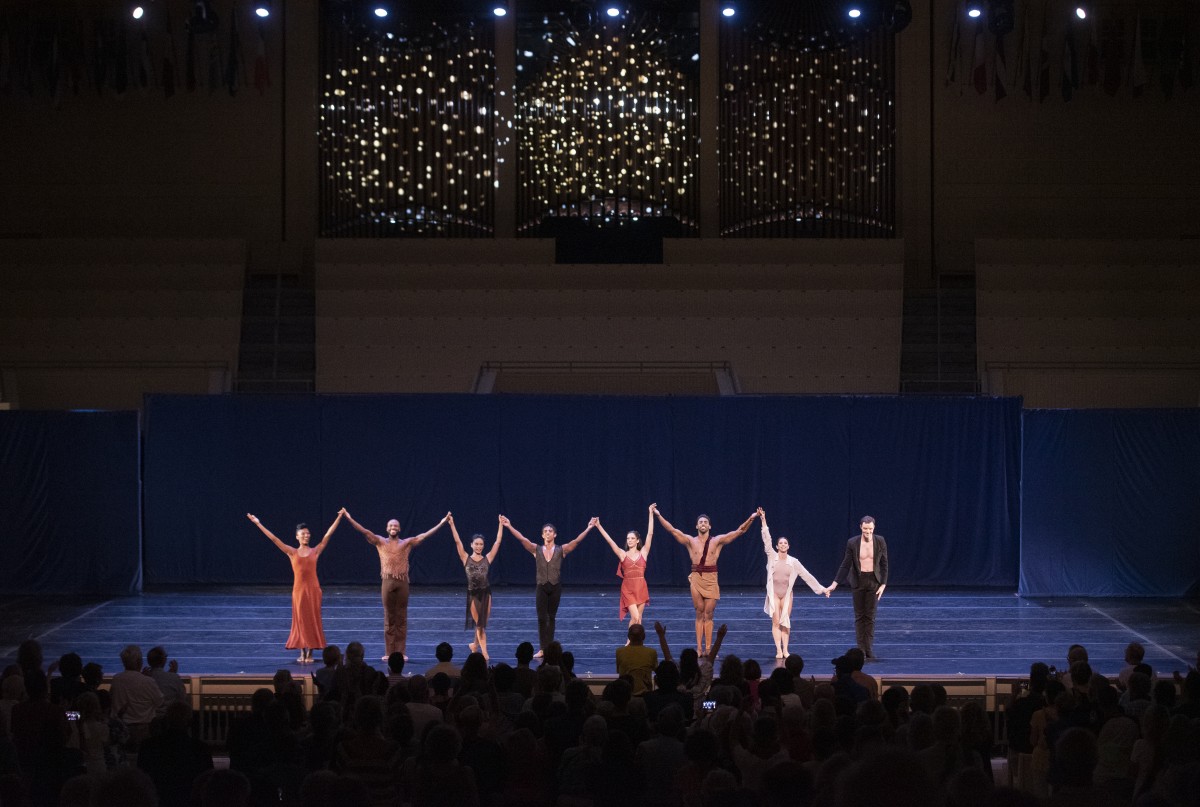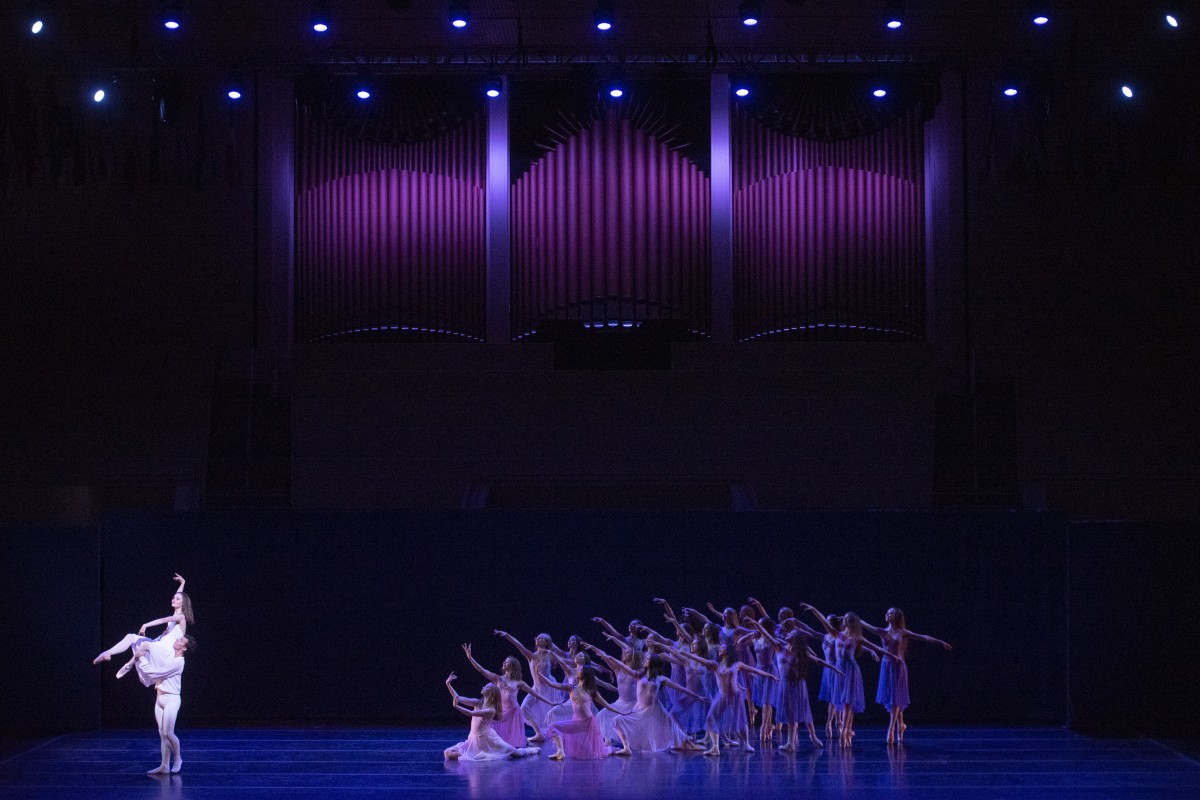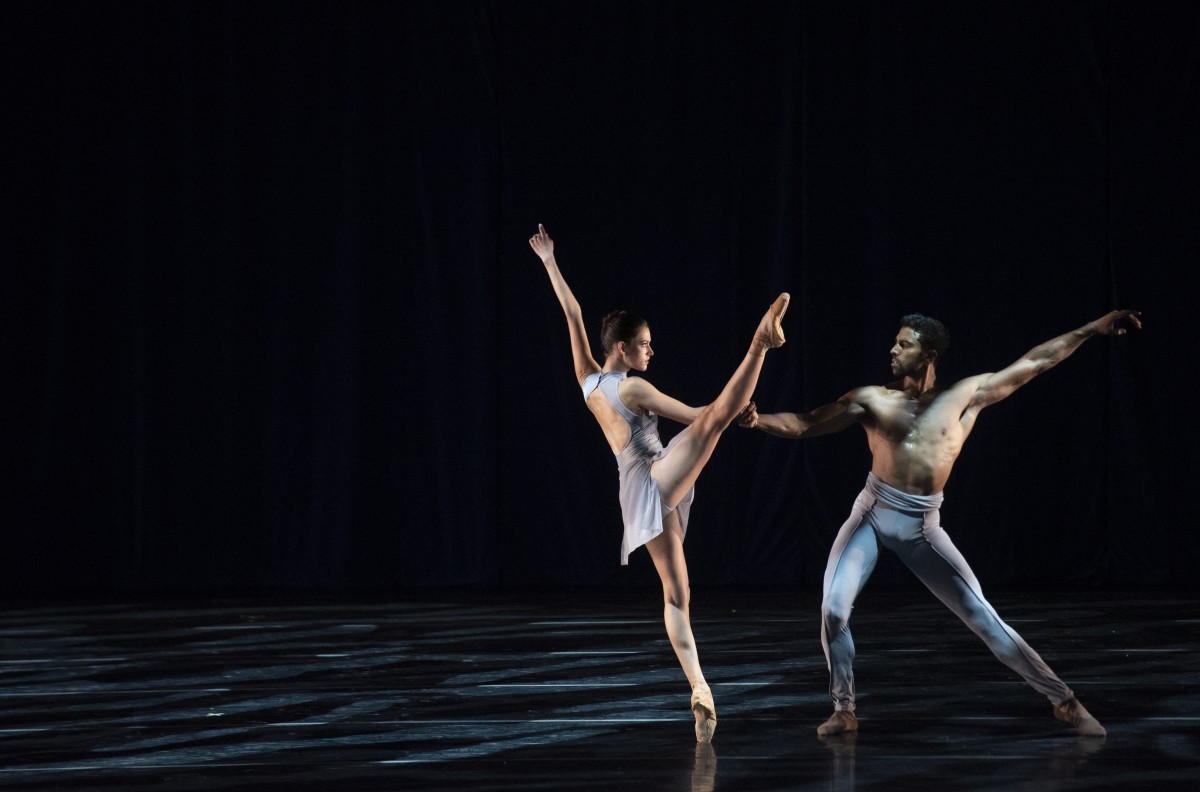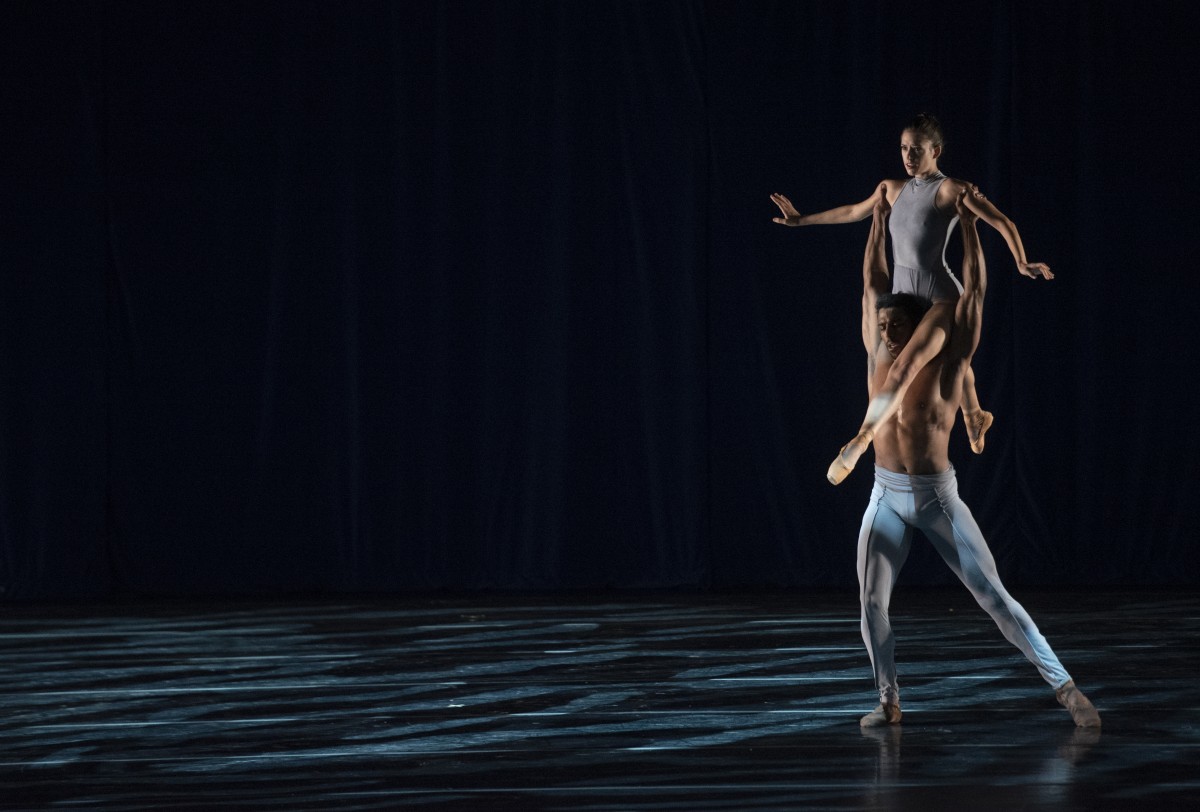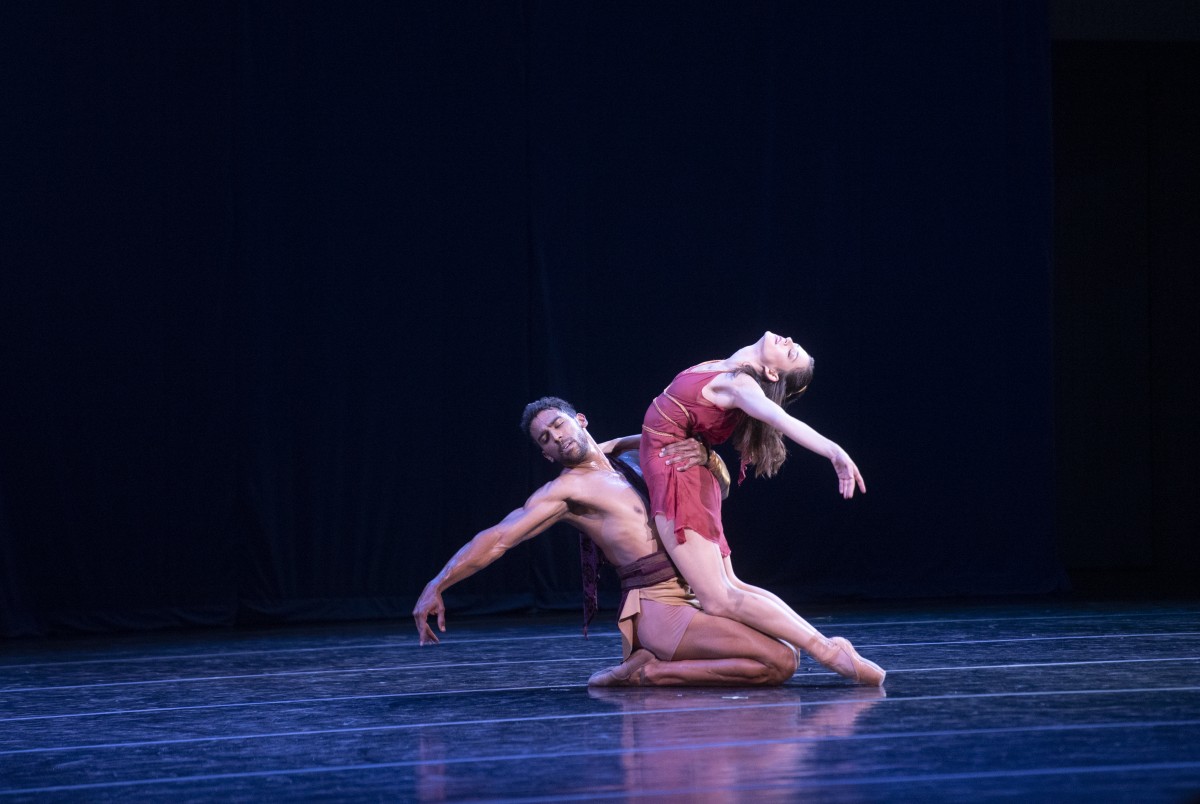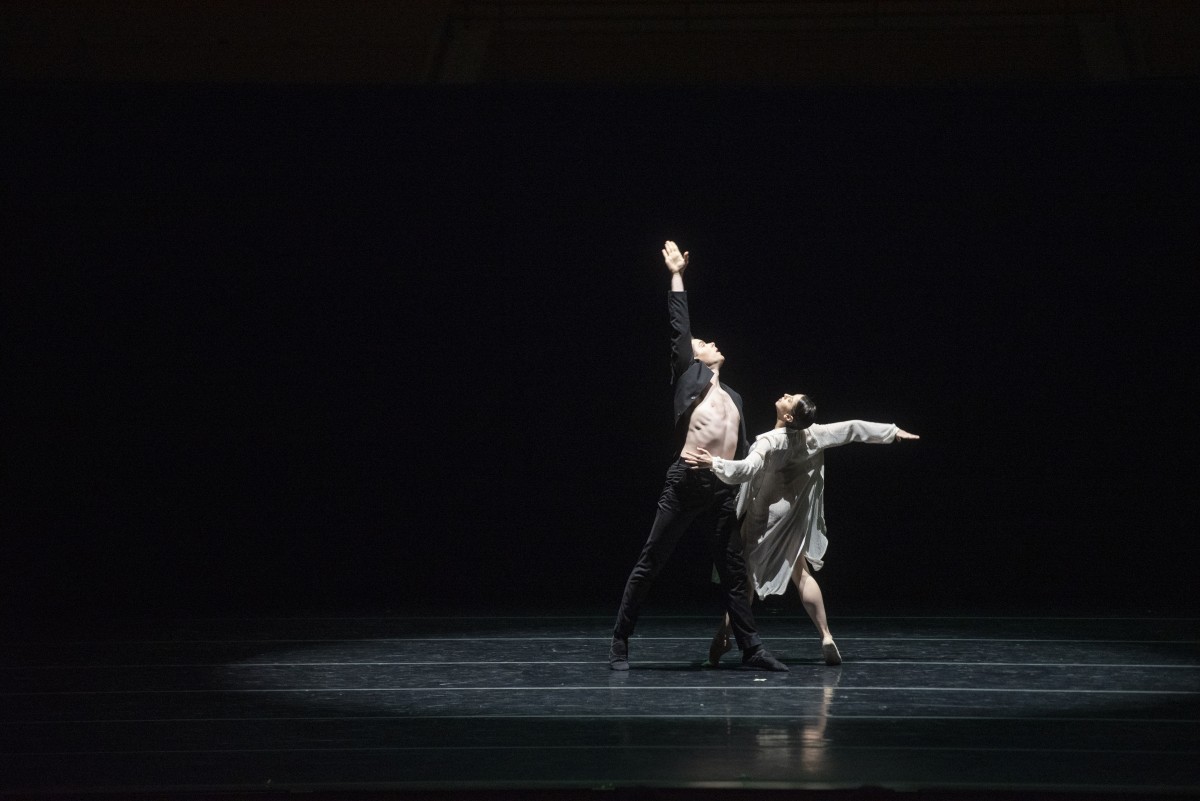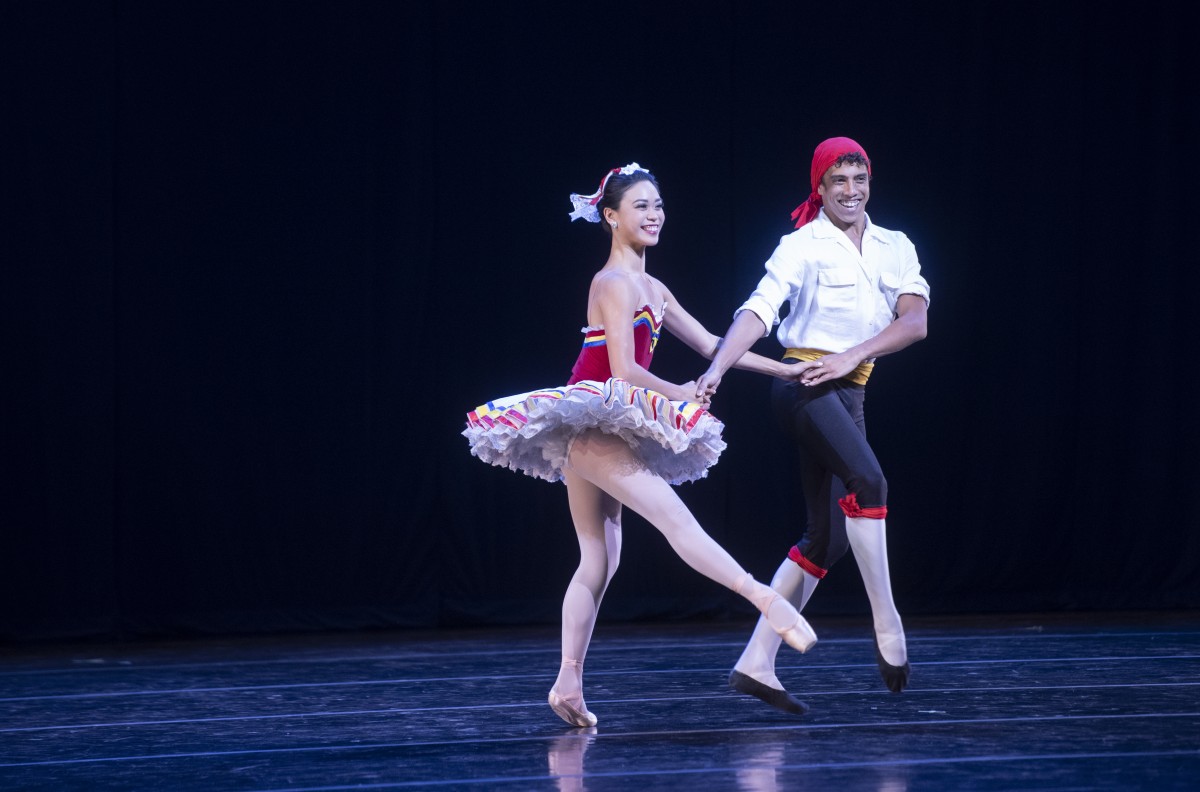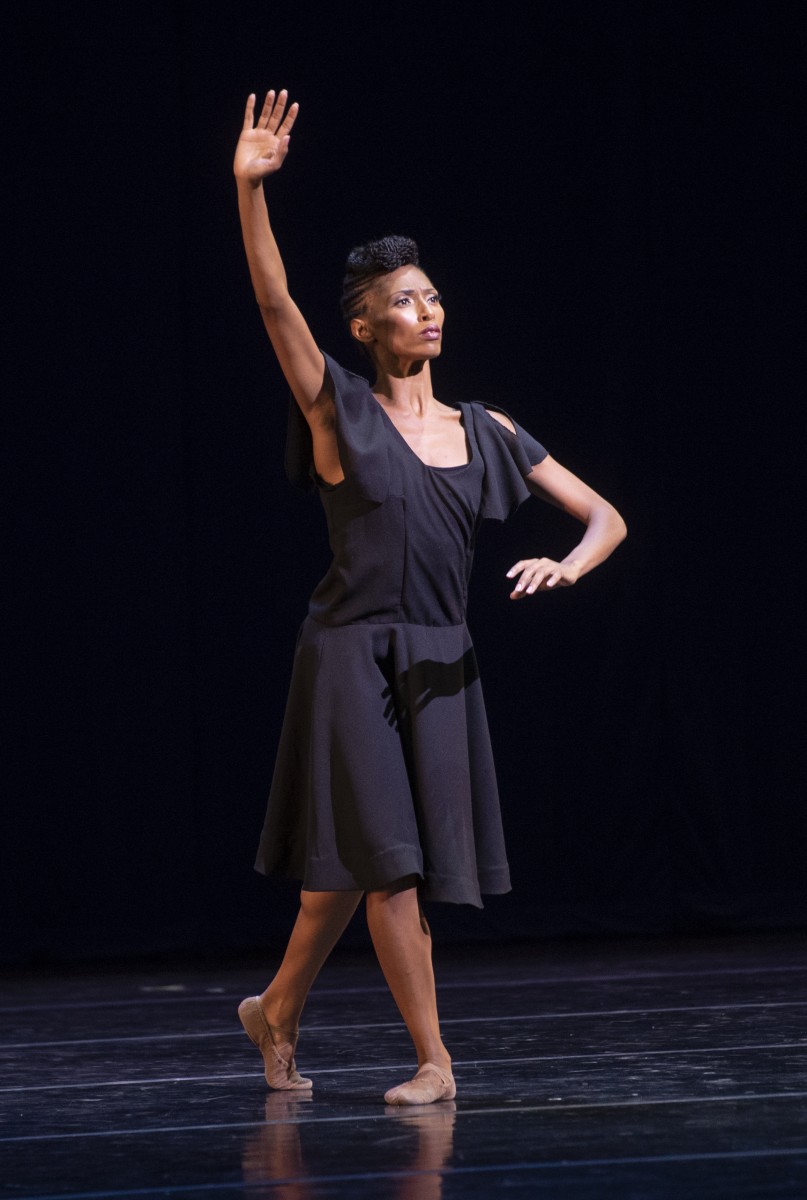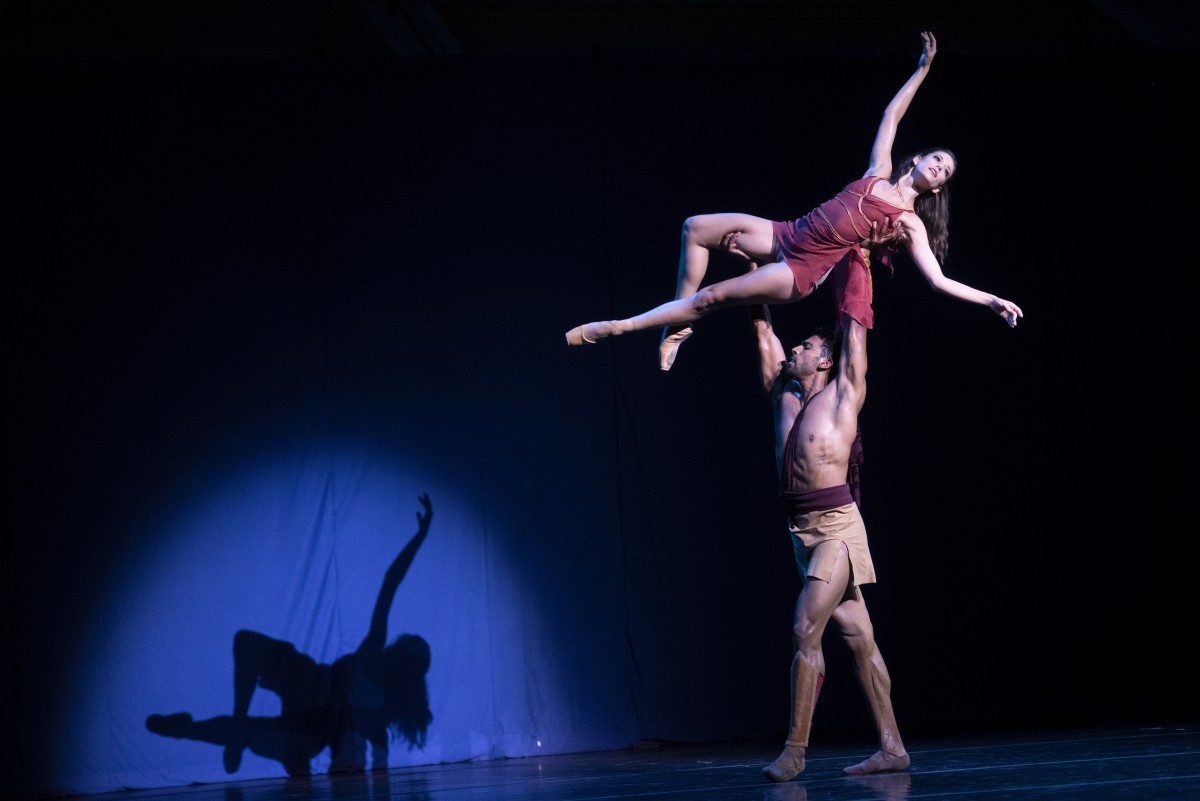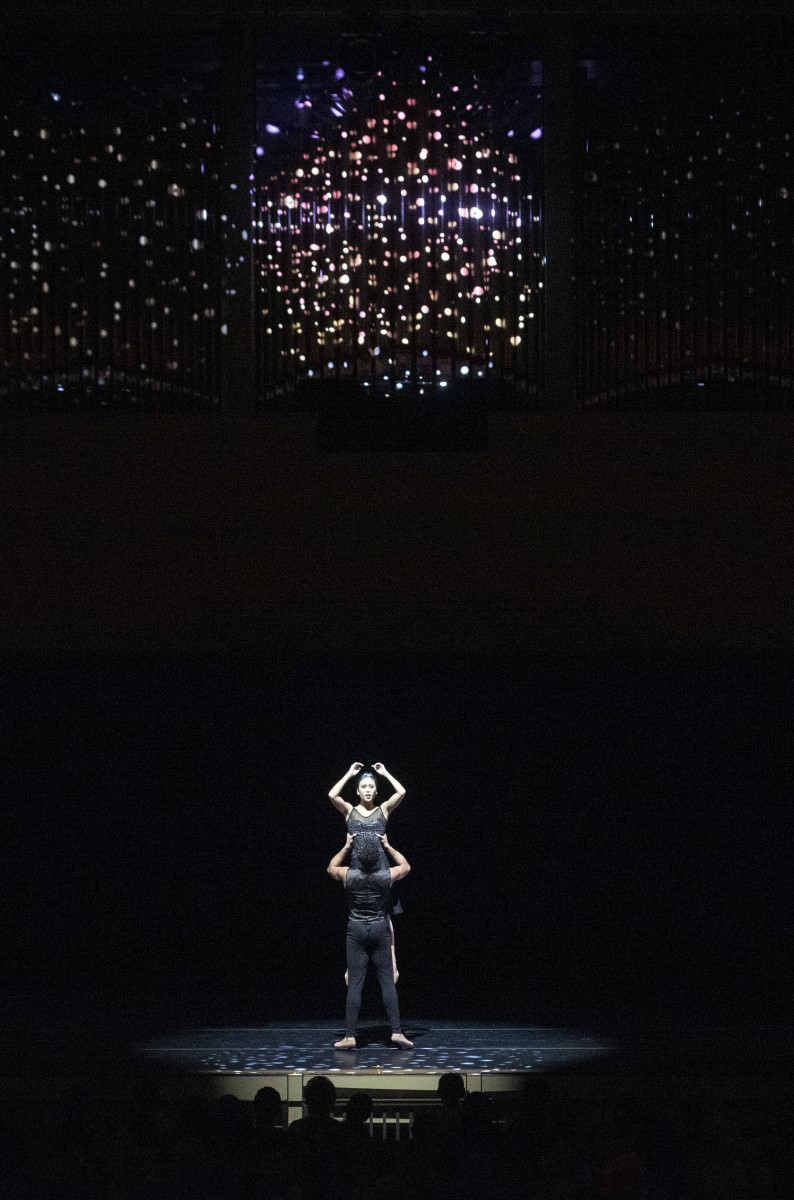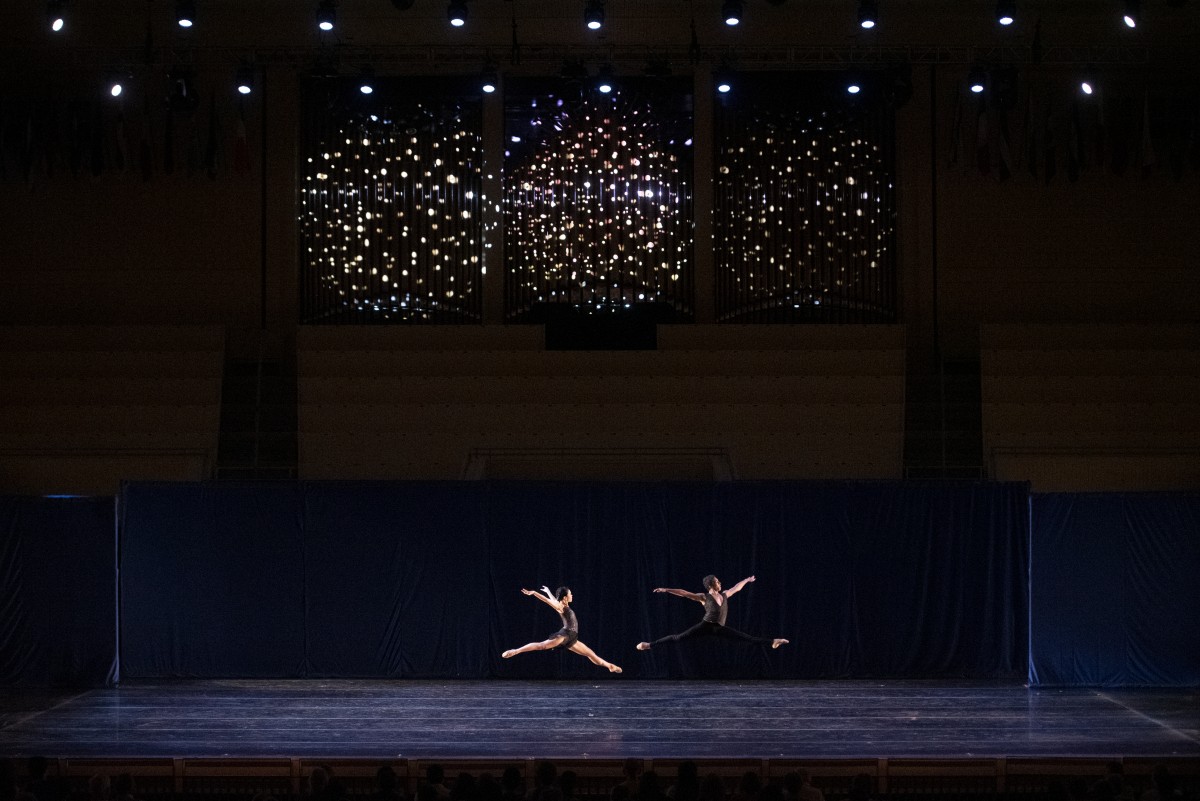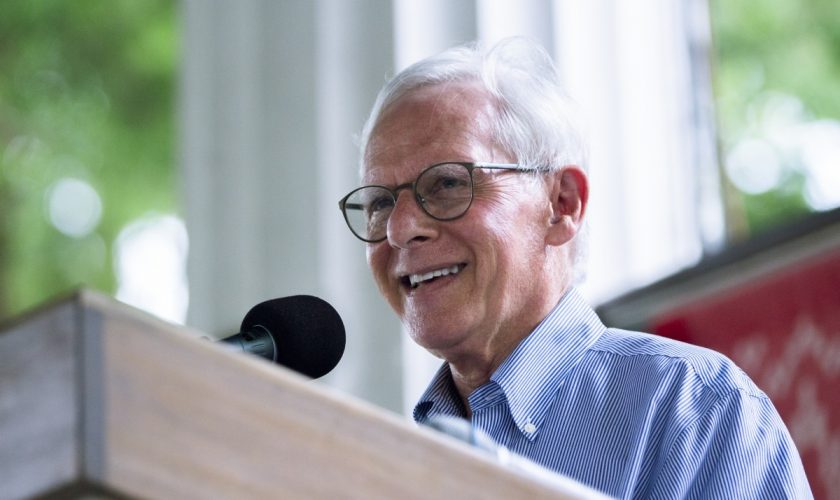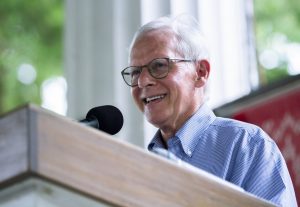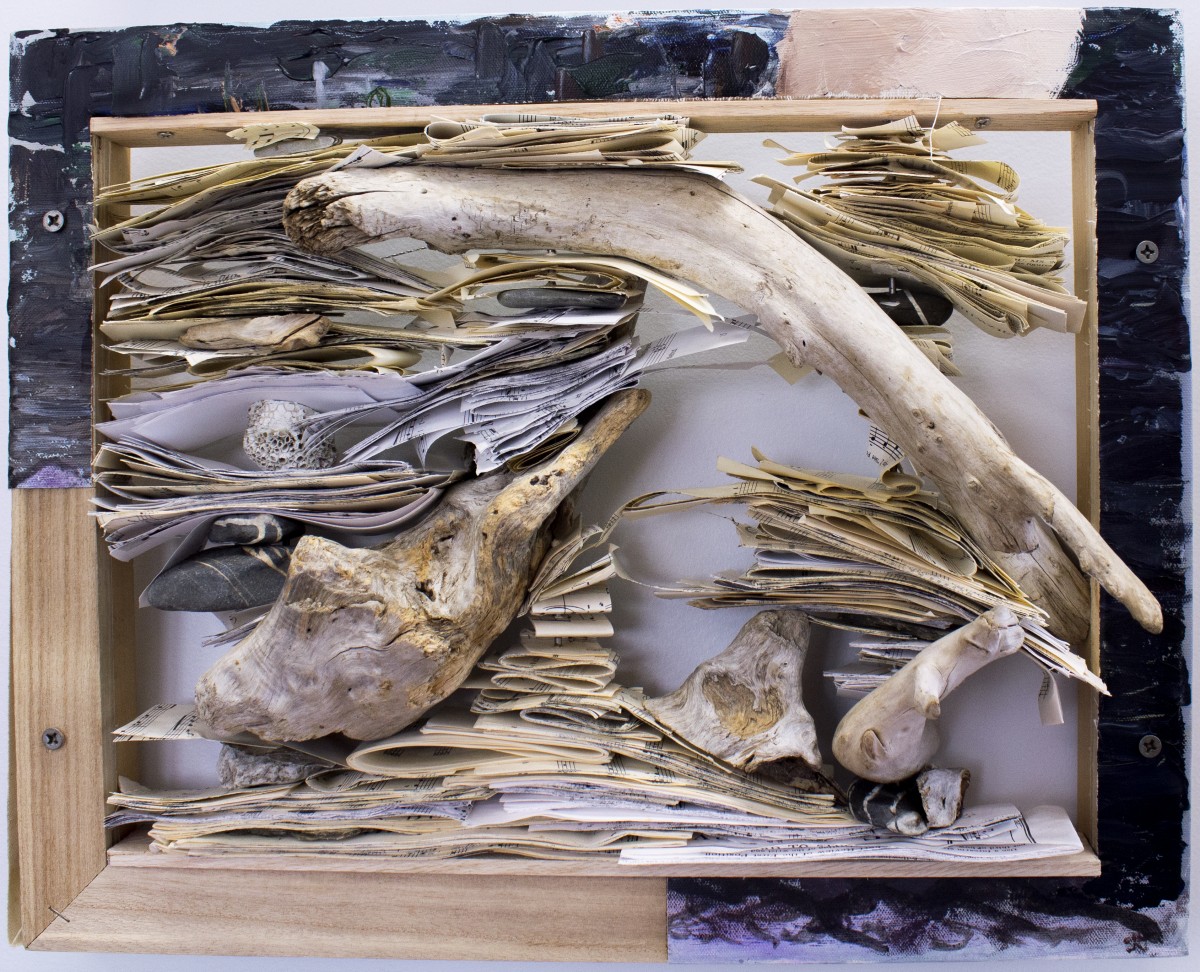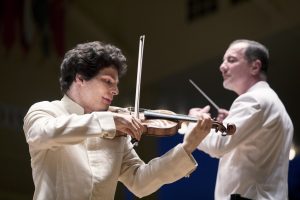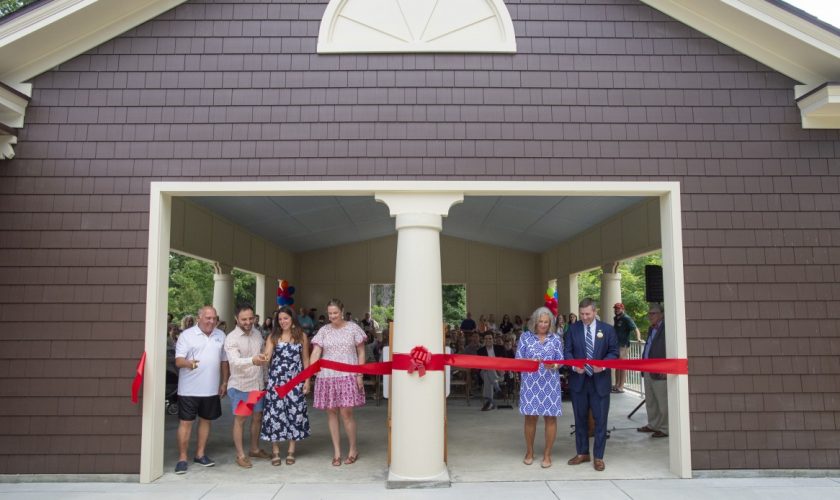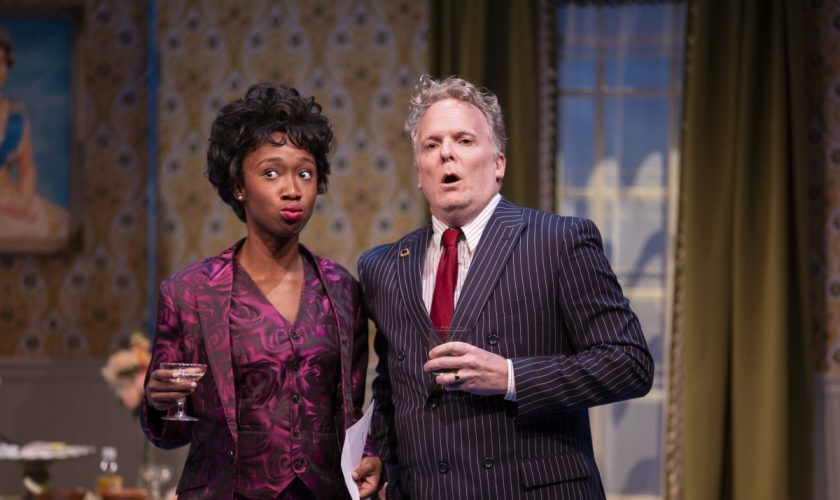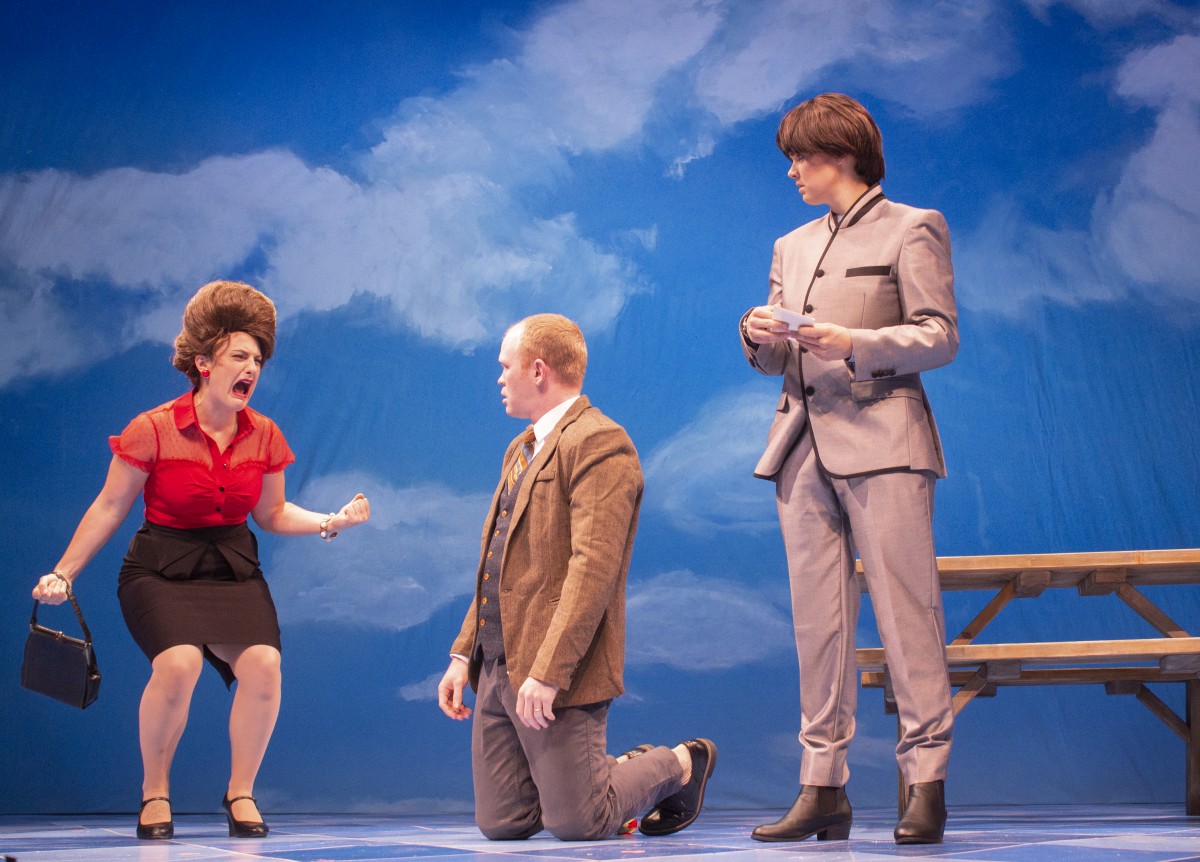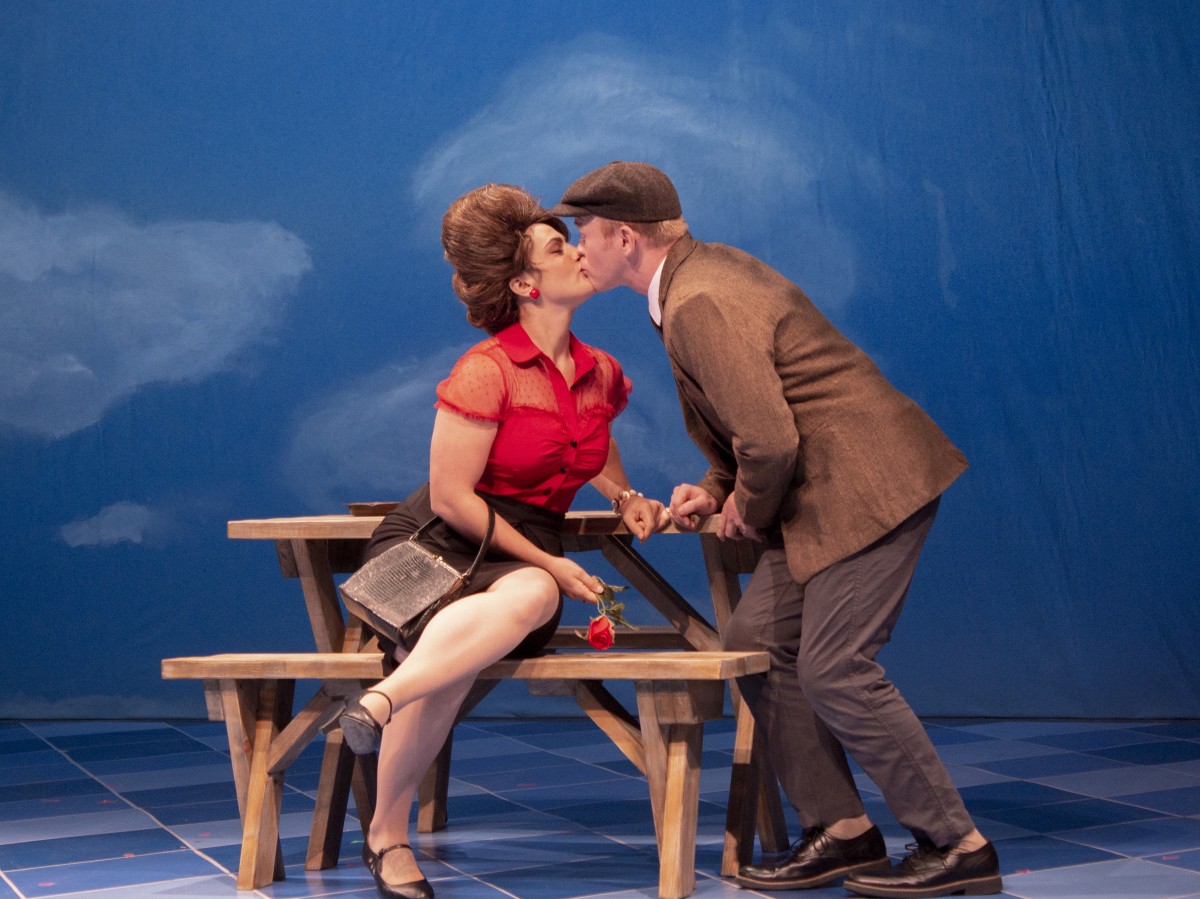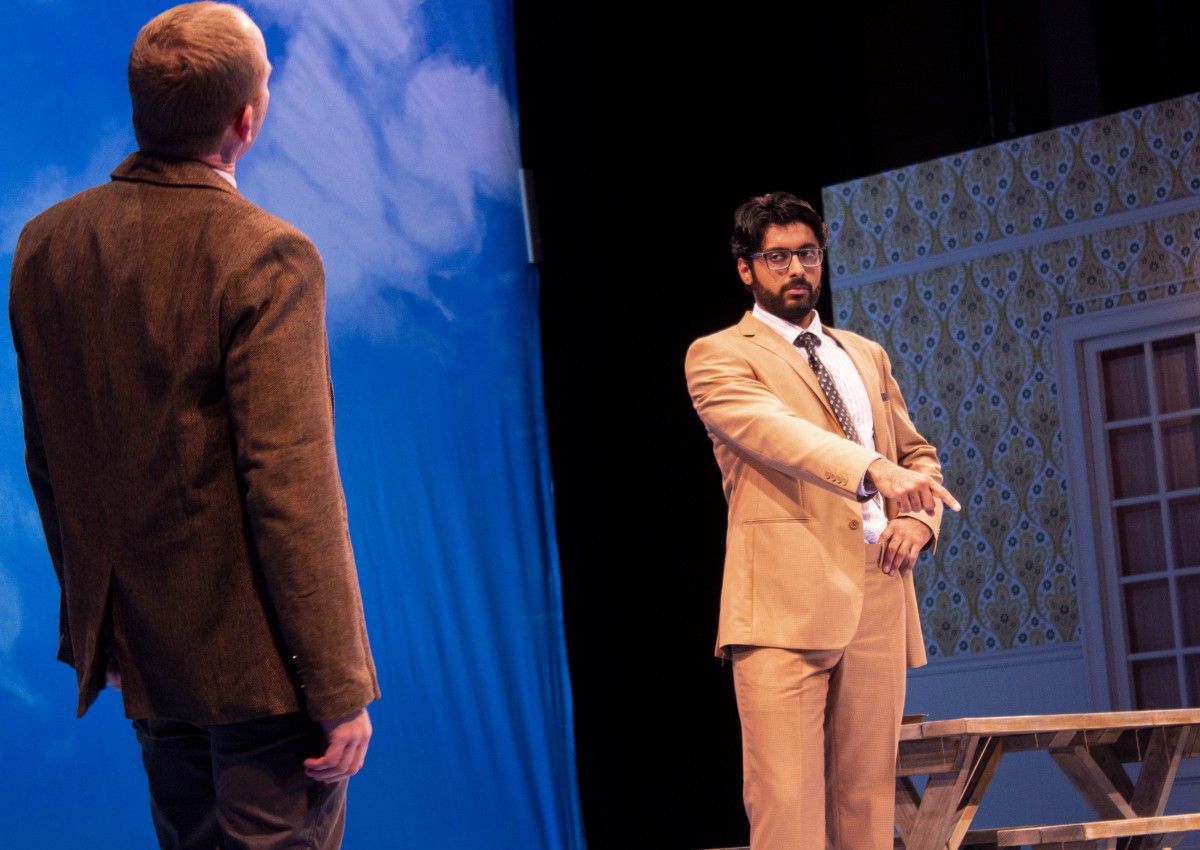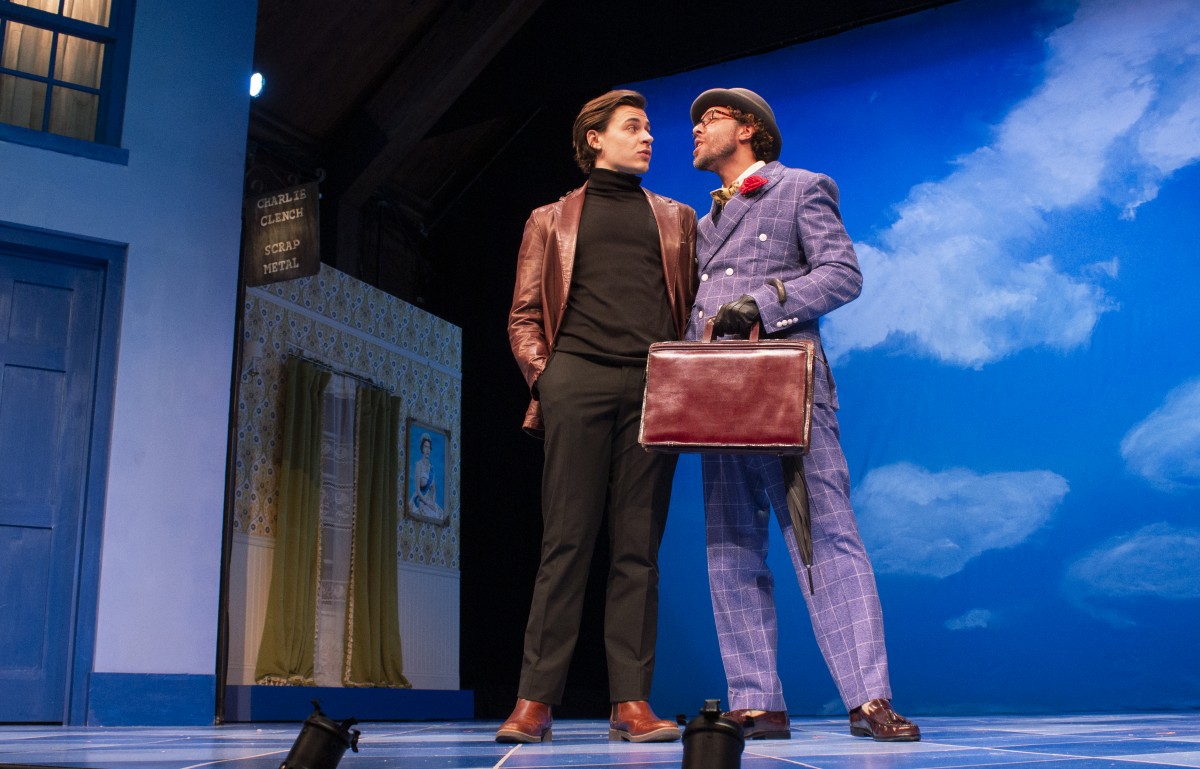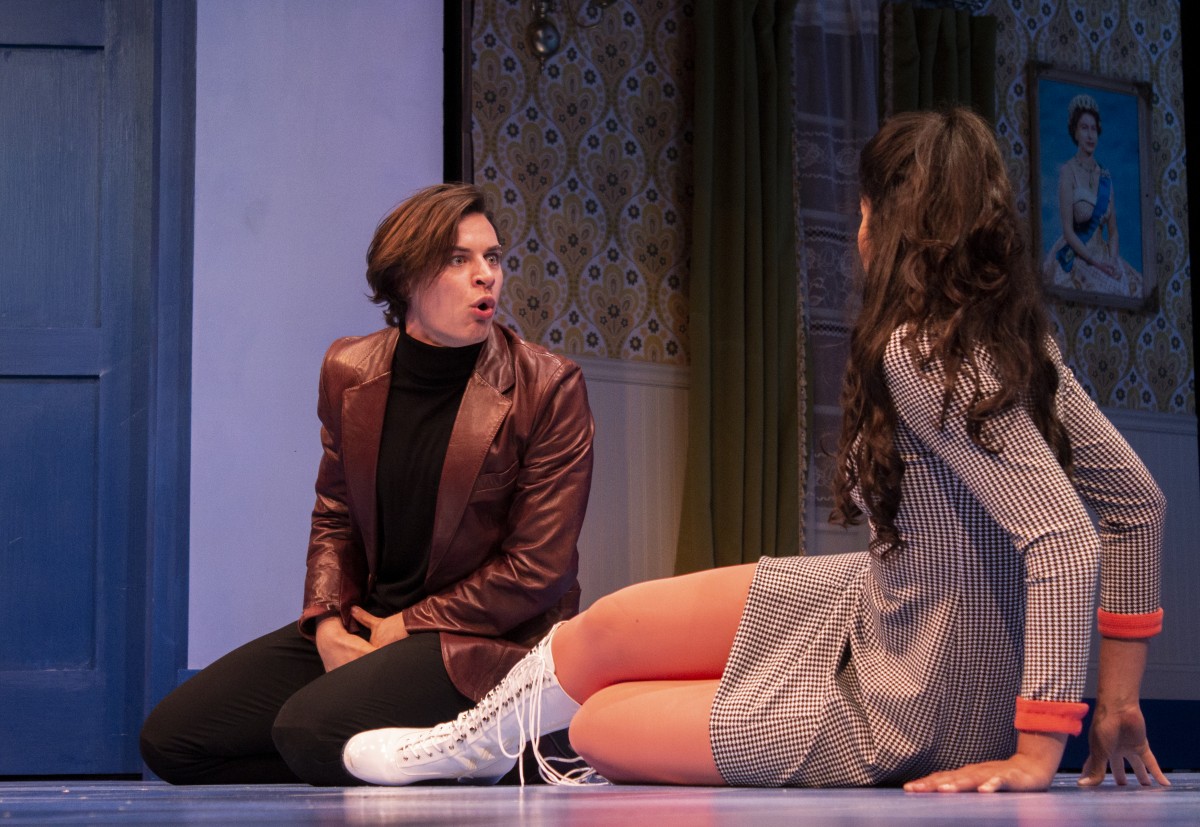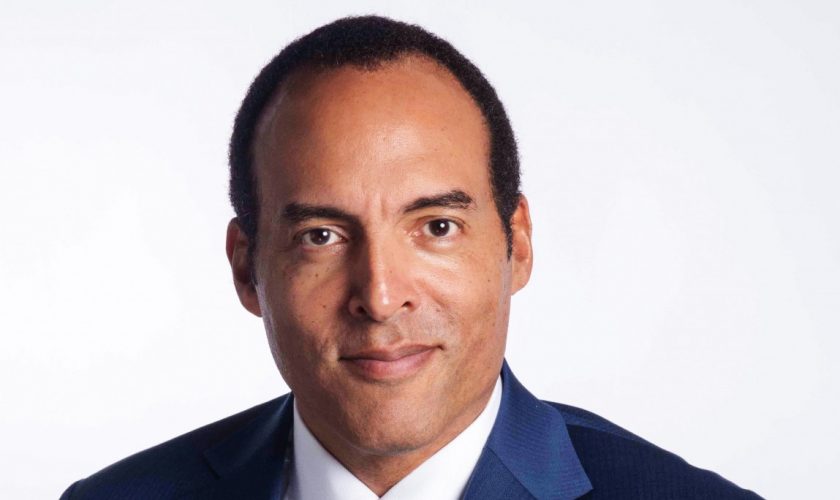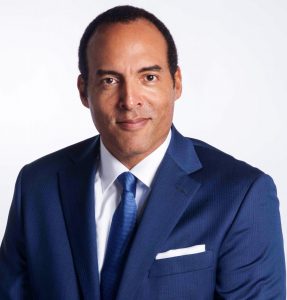
If one was to ask James Geary, wit is the essence of human creativity that can potentially reshape the world — and the proof is in the puns.
Geary, deputy curator of the Nieman Foundation for Journalism at Harvard University, and the author of Wit’s End: What Wit Is, How It Works, and Why We Need It, gave his lecture, “Five Ways to be Witty,” at 10:45 a.m. Wednesday in the Amphitheater, continuing Week Six, “What’s Funny? In Partnership with the National Comedy Center.”
Geary became acquainted with wit when he was 8 years old, through watching his parents’ witty repartee and through the “Quotable Quotes” column in Reader’s Digest, where he learned the art of aphorisms, “short, witty, philosophical sayings.”
Over time, Geary has accumulated a few gems: “All my life, I always wanted to be somebody, but I realize now I should have been more specific”; “No snowflake in an avalanche ever feels responsible”; and his personal favorite, “Baldness is the gradual transformation of a head into an ass — first in shape, then in content.”
2. Make (Category) Mistakes pic.twitter.com/1FAUNCZuKJ
— The Chautauquan Daily (@chqdaily) July 31, 2019
But verbal aphorisms are only one aspect of wit; there are also visual, physical and intellectual aspects. Because wit can be interpreted in many ways, Geary struggled to define it and took inspiration from his predecessors in wit.
First was Alexander Pope’s definition: “True wit is advantage dress’d, what oft was thought, but ne’er so well express’d.”
Geary asked the audience if they noticed a missing word from Pope’s definition, to which the Amphitheater resounded: humor. Geary asked this on purpose, to argue that humor has nothing to do with wit.
“You can imagine my confusion when I was scheduled to appear during the week called ‘What’s Funny?’ ” Geary said. “If there is one takeaway I want you to have from my talk, it’s that wit is not at all about being funny. Wit can be funny, but it doesn’t have to be funny and really, the true meaning of wit has nothing to do with humor.”
Geary shared a comedic story of Hershele of Ostropol. During the feast of Passover, Hershele sat across from an aristocrat who made derogatory remarks about his eating habits.
“What separates you from a pig, is what I’d like to know,” the aristocrat said.
“The table,” Hershele replied.
Next was Dorothy Parker’s definition: “There’s a hell of a distance between wise-cracking and wit. Wit has truth in it; wise-cracking is simply calisthenics with words.”
“What’s important about that, is it gets at the fact that wit has truth, wit is a form of intelligence,” Geary said. “Jokes make you laugh, but wit makes you think.”
The word “wit” comes from a Sanskrit word meaning “to see.” Throughout the world, “to see” is used as a metaphor for understanding, as evident in the phrase “I see what you mean.” The root is also shared with the words “witness,” which means to see something, and wisdom, “to see, to know.”
“So really, I think the essence of wit is more a state of mind than a sense of humor,” Geary said.
Last was Geary’s own definition: “Wit is the quick, instinctive intelligence that allows us to think, say or do the right thing, in the right place at the right time.”
4. Use Talmudic Logic pic.twitter.com/1OYJcW2x1n
— The Chautauquan Daily (@chqdaily) July 31, 2019
Geary shared five ways to be his definition of “witty,” “guaranteed to work, or your money back,” (from the Institution, that is).
The first way to be witty is to “take things literally.” This works especially well with metaphors, which Geary said are “way more pervasive” than one might think. Geary showed a New Yorker cartoon of a man visiting his doctor with a knife in his back, to which the doctor observes, “Good news, it’s a metaphor.”
“When you take a metaphor literally, you can make the person who used the metaphor seem ridiculous,” Geary said.
The second way to be witty is to “make category mistakes.” Category mistakes are philosophical in nature, meaning something from one category is presented or understood as if it belongs in another category.
As an example of a category mistake, Geary played a scene from the Marx brothers’ movie, “Duck Soup,” where Ambassador Trentino asks the brothers what information they found out about Firefly. When Trentino asks if the brothers got his criminal record, they pull out a phonograph record instead.
Headlines can also be examples of category mistakes. Geary shared two: “Include your children when making cookies,” and “Never withhold herpes infection from a loved one.”
And aphorisms work, too. American humorist Josh Billings once wrote, “Be like a postage stamp. Stick to one thing until you get there.”
The third way to be witty is to “violate (benignly) expectations.”
Geary projected an image on screen and asked the audience to guess what it was, prompting suggestions like “the Loch Ness Monster” or “a mustache.” But no, the image was just three lines on a white background that served as an example of how the brain automatically fills in the blanks.
“The human brain is a pattern-making machine, and when we are presented with incomplete information, the brain automatically fills in the gaps,” he said.
The fourth way to be witty is to “use Talmudic logic.” Talmudic logic comes from considering Torah concepts as axioms, initial data and the first premises of reasoning.
“What I find so fascinating and compelling about the Talmud is, it is not considered infallible. It’s basically an argument taking place over many centuries among a bunch of different rabbis,” Geary said. “What’s prized about the Talmud is the argument and what’s valued about the Talmud is the ingenuity and artistry of the argument. There is value placed on thinking things through in original and creative ways.”
For this concept, Geary used another Hershele example. In this one, Hershele was invited to lunch and was asked to pick up two loaves of bread in advance. One loaf was much larger than the other, and Hershele kept the large loaf for himself and gave his friend the smaller one. His friend told him that was “quite rude,” and when Herhsele asked what he would have done in his position, his friend said, “Well, I would’ve given you the larger loaf and kept the smaller one for myself.”
“You got the small one, what are you complaining about?” Hershele said.
“The received wisdom is that punning is the lowest form of wit… I actually think they’re the highest,” says @JamesGeary
— The Chautauquan Daily (@chqdaily) July 31, 2019
“That Talmundic logic, the logic is impeccable,” Geary said. “It may or may not have anything to do with the decision at hand, but the logic is incredibly creative and quick.”
The fifth and final way to be witty is to “free associate.”
Geary gave the audience a Remote Associates Test, a test devised in the ’60s to measure people’s creativity. For an example, he projected three words: cottage, swiss and cake, and the audience responded: cheese.
“The idea behind this test is that creativity, and I would argue wit is the source of creativity, involves finding novel combinations about things,” Geary said. “The mind thinks in patterns. It’s a connection-making machine.”
Geary then tested the audience with multiple object tracking, a game where one tries to keep track of 4 out of 9 dots as they move on a screen. Only one person in the audience was able to keep track of all four dots, where a majority could only keep up with one. The people who got more than one did it not by looking at individual dots, but by looking at the image as a whole.

“If you focused on any single dot, there is no way you could keep track of the other dots,” Geary said. “When you’re trying to keep many things in mind, the best strategy is not to think about any of them individually, but to think about all of them collectively.”
Geary said that logic also applies to puns, or two words that sound the same but have different meanings. Puns are often considered the lowest form of wit, but Geary would argue they are actually the highest.
“I think puns show the real essence of what true wit is, and that is the ability to hold two different ideas about the same thing in your mind at the same time,” he said.
Geary would also argue that the person delivering a pun and the person understanding that pun are making the same connection, just in a different direction.
“The actual connection is identical,” he said. “The person who makes the pun and the person who receives the pun are performing exactly the same creative work, and they are equally witty.”
But the delivery of jokes and puns, of wit and wisdom, is not a direct line from source to audience.
“You have to come out and meet it; you have to go out and get it,” he said. “The comedian can only deliver it so far. It requires the audience and the individual to complete it. One can’t do her work without the other.”
That common meeting place is where wit takes place, Geary said.
“Jokes can be private, but wit needs witnesses,” he said. “Wit is something that happens between and among people and it requires equal willingness and equal creativity on both parts to make it work.”
The work of making connections, Geary said, also needs to be used for solving world problems. Take the climate crisis for example: It can’t be solved by focusing on one thing because it involves the environment, economics, psychology, race relations and international relations.
“All of the most serious problems in our society, we have to keep our wits about us to solve them,” he said. “When we think about these problems and the challenges that face us, we should not be scared out of our wits, but into our wits because it is only by coming out to meet those problems creatively and with our wits that we can solve them.”
And so Geary juggled — three balls, at the same time — for in life and in wit, the bigger picture is always the most important.
“Like juggling, wit is keeping a lot of different ideas, a lot of balls, in the air at the same time,” he said. “And keeping them aloft long enough to make that connection, that’s going to lead to the solution of the problem.”
@JamesGeary #CHQ2019 pic.twitter.com/rM3e7iOQnC
— The Chautauquan Daily (@chqdaily) July 31, 2019


